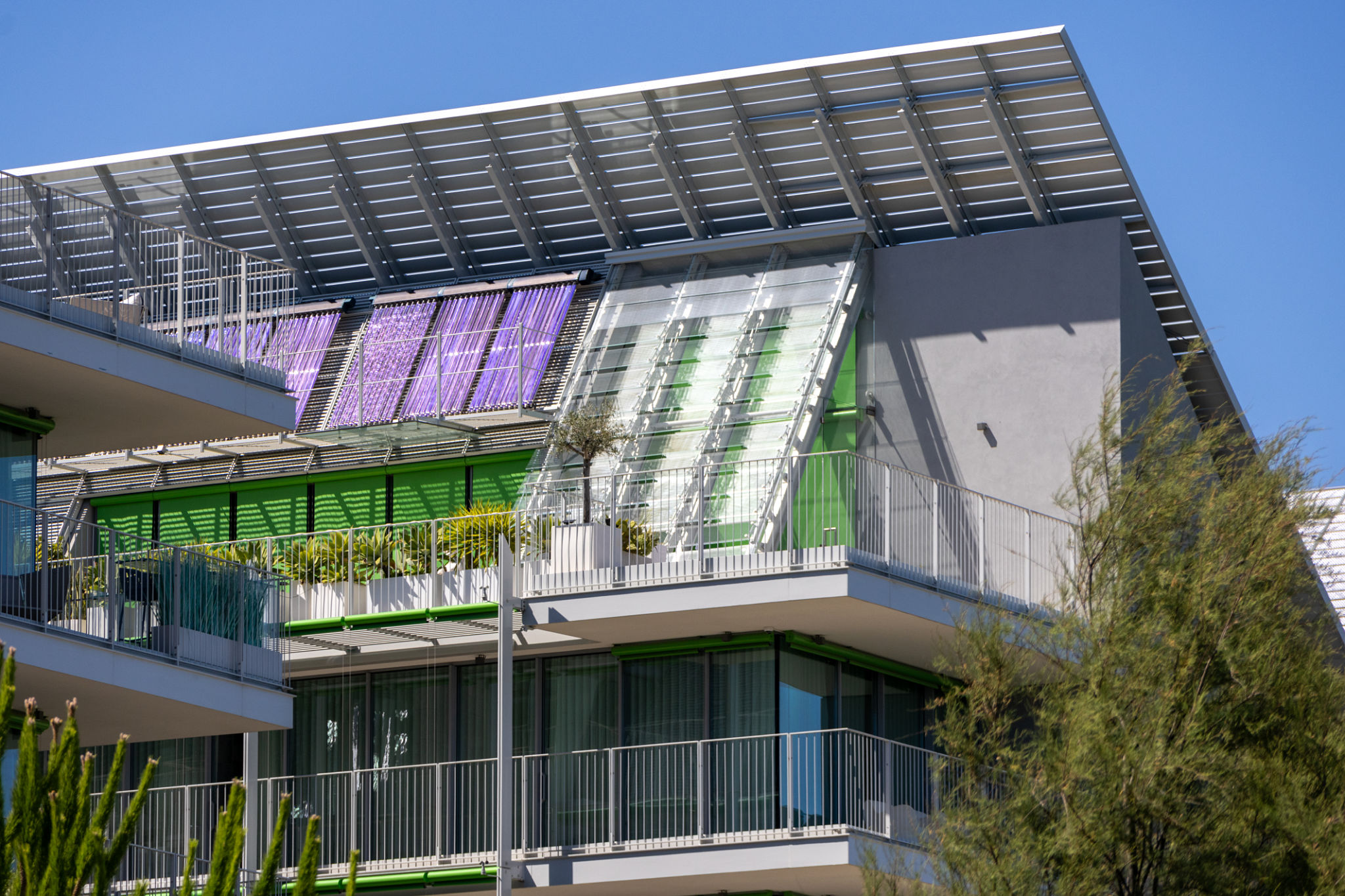Lisboa Weather and Architecture: Designing for the Perfect Balance
Lisboa's Unique Climate
Lisboa, the captivating capital of Portugal, is renowned for its pleasant Mediterranean climate. With over 2,800 hours of sunshine each year, it offers mild winters and warm, dry summers. This favorable weather not only attracts tourists but also influences the city's architecture significantly.
Designing buildings to complement Lisboa's climate involves striking the perfect balance between aesthetic appeal and functional efficiency. Architects are tasked with creating structures that harness the abundant sunlight while providing adequate shade and ventilation.

Traditional Architectural Elements
One of the most iconic elements of Lisboa's architecture is the use of azulejos—ceramic tiles that adorn many buildings. These tiles serve both decorative and practical purposes. They help regulate temperatures by reflecting sunlight, thus keeping interiors cool during hot summer days.
Another characteristic feature is the use of verandas and balconies. These spaces take advantage of the mild weather, offering outdoor living areas that enhance the connection between indoor and outdoor environments while providing shade.

Modern Architectural Innovations
While traditional designs hold a timeless charm, modern architecture in Lisboa is evolving with innovative techniques to address climate challenges. Green roofs and vertical gardens are becoming increasingly popular as they help insulate buildings and reduce urban heat.
Additionally, the integration of solar panels is a growing trend. By harnessing solar energy, buildings can become more sustainable, reducing their carbon footprint while taking full advantage of Lisboa’s sunny climate.

Materials That Make a Difference
The choice of materials plays a crucial role in achieving the perfect balance between weather adaptation and architectural design. Materials such as limestone and stucco are commonly used due to their natural insulation properties.
Furthermore, the use of light-colored materials reflects sunlight, helping to keep buildings cooler. This is an essential consideration in a city where summer temperatures often soar.
Urban Planning and Green Spaces
In addition to individual building designs, urban planning in Lisboa contributes significantly to maintaining a harmonious balance with the climate. The incorporation of green spaces within the city layout provides natural cooling effects and enhances air quality.
Parks and gardens are strategically placed to offer relief from heat and create inviting public spaces for residents and visitors alike.

The Future of Lisboa's Architecture
As climate change becomes an increasingly pressing concern, architects in Lisboa continue to explore innovative solutions that blend tradition with modernity. The future of the city’s architecture will likely see a greater emphasis on sustainability and resilience.
By combining cutting-edge technology with time-tested design principles, Lisboa is poised to maintain its unique charm while adapting to future climate conditions.
In conclusion, Lisboa’s weather not only shapes its architecture but also inspires a continuous dialogue between nature and design. As the city evolves, it remains committed to finding the perfect balance between aesthetics, function, and environmental responsibility.
